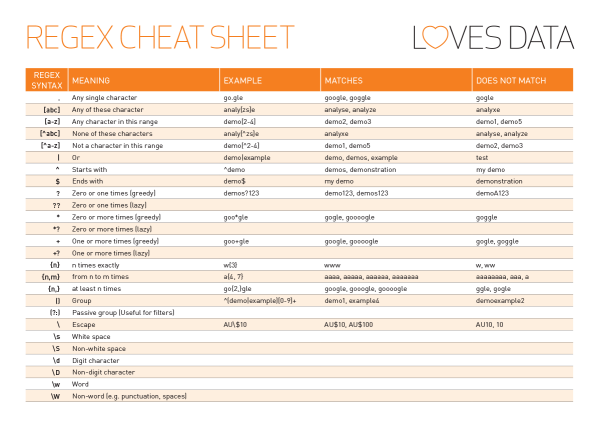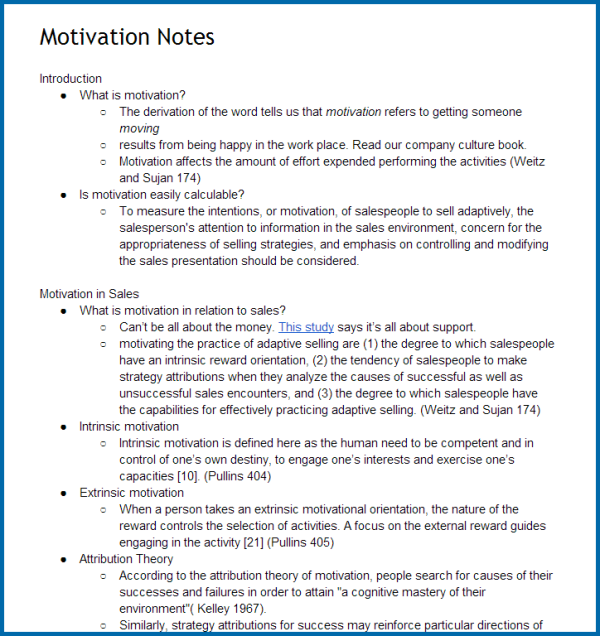
If you’re a content marketer, you know how important it is to produce interesting and relevant content.
If you’re a content marketer for the B2B space, you know how important it is to produce content that’s also fact-driven and referral-worthy.
Many of the potentials buyers we’re writing for don’t want to read fluff; they want clear initiatives and numbers in a format that’s easy to share. This is especially true for Directors of Sales and CIOs; they see numbers every day, and they are used to these numbers telling the truth. That’s why B2B content with statistics in headlines often perform better.
The problem? Many B2B companies producing content on a regular basis simply don’t have time to produce their own facts and figures. So, with attribution in mind, they hunt down the best reports from their peers.
When I’m writing a new piece of content for AG, I go through a specific process. Every Friday, there’s a new deadline: Research done, Outline done, Rough Draft done, Final Draft done, and Design done. Without these deadlines, I know I wouldn’t be able to concentrate, so I keep them on my weekly to-do list so I see them every day. Let’s talk about the first process in my content marketing efforts: research.
I hesitate to call this marketing research. This is the process of finding marketing research, insights, and quotes from professionals that benefit your readers. It can all be done in an afternoon, if you know where to look. Here’s how I start:
1) Know your partners.
It’s important to not only know who your partners are, but also to know what they produce. Keep a feed on your Feedly (a content syndication platform I use to organize my daily marketing reads) devoted to these partners and their new exploits. Our partners often post new content about inside sales trends that we can link to in our content. For example, The Bridge Group’s Periodic Table of Inside Sales Metrics has been an invaluable resource in our Outsourcing and Training guides. What’s more – your partners will appreciate that you’re sharing and syndicating their research.
2) Know your topic’s thought leaders.
An interspersed drop-quote from a thought leader on your subject can really break up the monotony in your content and create credibility. Read blog posts daily to know who the celebrities are in your industry. Keep a list of these thought leaders, and when you’re ready, see what they have to say about your topic. If you want to know what Ken Krogue has to say on inside sales metrics, find the website where he produces content, and search this in Google:
KenKrogue.com: inside sales metrics
This will pull up the keyword “inside sales metrics” only where it appears on his website. There you have it – a quote from a professional! Another method I recommend, of course, is emailing them with a short question about your topic they can answer. If they know they’ll be featured in the upcoming content, they may be more willing to give this to you. Keep a growing list of quotes on the topic, and make sure to cite the person.
3) Know your Google tips and tricks.
There’s more than meets the eye with most search engines. Of course, every marketing researcher for content creation is going to tell you to use Google, but instead of just typing in your keyword and sifting through the first 3 pages of unhelpful ads, try using Regular Expressions, or Regex, instead. Regex is a sequence of characters that form a search pattern. It’s a kind of language, but you don’t need to be an experienced programmer to figure it out. Here’s a cheat sheet for using Regex on Google:
 (Source: LovesData.com)
(Source: LovesData.com)
4) Know your process for filtering information.

I read a lot every day, but when I’m researching for content, I try to read from the perspective of one of our buyer personas. What would they be interested in? I open a Google Doc with space for quotes, facts, and figures, including any pictures I think may be relevant, and sort each piece of content in that. I’ll usually have a list of about 15-20 websites, eBooks, whitepapers, etc. that I want to read in order to find all the information on a specific topic. I go through those one by one, strikethrough them when I’m done, and keep my notes in a separate doc. If I keep copious notes (easier said than done!), I then have the makings of an outline. I can sort everything into categories, and then intersperse this with my own ideas.
Everyone has a different process for sorting their information. Since college, this has been my process: read about the subject first, keep notes on each source, organize the notes into a coherent whole, and complete the outline with my own thoughts and additions. Only then am I able to write a rough draft that’s meticulously researched.
How do you prepare to write new marketing content? What are some of your marketing research tips?
Business Articles | Business 2 Community
http://feedproxy.google.com/~r/B2C_Business/~3/ACQMRSRKRbs/4-step-process-marketing-research-content-creation-01008915
(378)
Report Post





